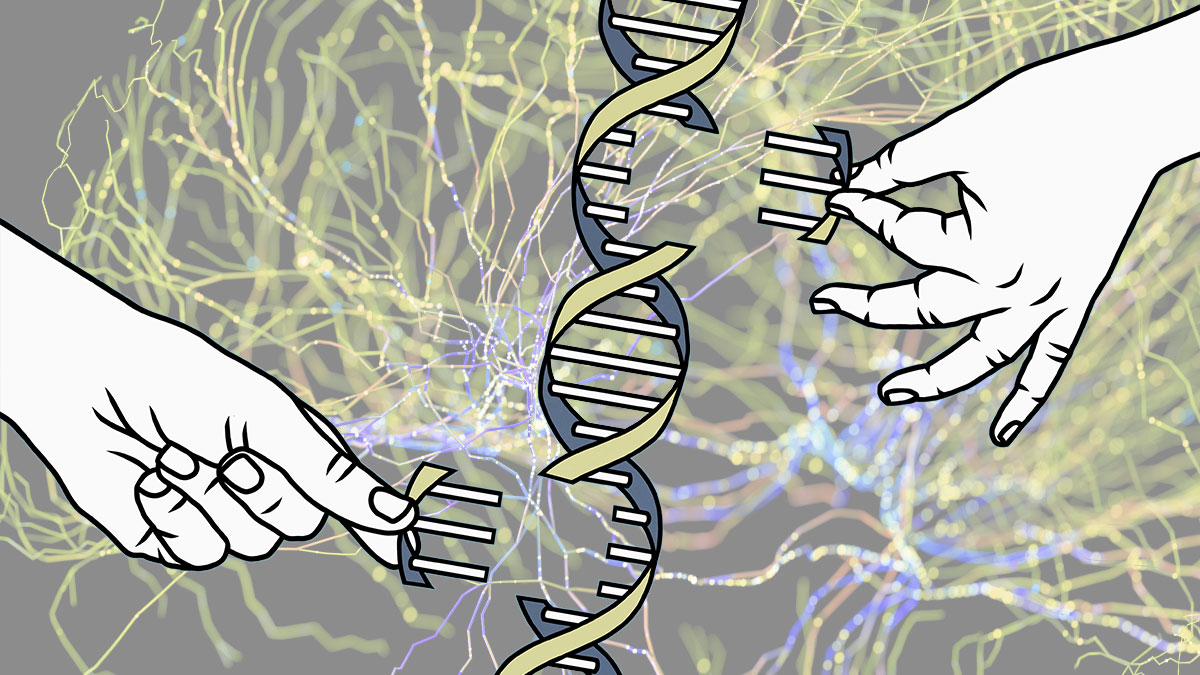01 April 2023 | Saturday | Analysis

Brought to you by PerkinElmer
More recently, the CRISPR system has been used to edit human induced pluripotent stem cells (iPSCs), which are known to exhibit phenotypes closer to human pathology. This approach is particularly attractive to the neuroscience field, where therapies to treat neurodegenerative conditions such as Alzheimer’s disease (AD) remain elusive.
In a recent study, Benjamin Andreone and colleagues combined CRISPR gene editing with human iPSC-derived microglia to explore the role of two genes expressed in microglia that are known to be linked to the development of AD.1
Through a series of experiments, the researchers determined the impact of TREM2 and PLCγ2knockout on microglial gene expression, function, and lipid metabolism. Crucially, the study revealed novel insights into the interaction of PLCγ2 with TREM2 and their roles in human microglia.
In the first stage of their investigation, the researchers generated human iPSC-derived microglia-like cells and used CRISPR-Cas9 to knockout expression of TREM2 or PLCγ2. When they compared the transcriptional profiles of both genes, almost half of the genes that were altered in the TREM2knockout cells were also altered in the PLCγ2 knockouts, confirming the importance of PLCγ2 in TREM2 signaling.
The team then used a series of biochemical assays to establish that PLCγ2 signals downstream of TREM2 in microglia through a direct physical interaction with the tyrosine kinase SYK, which subsequently promotes beneficial microglial functionality.
Previous studies have identified that TREM2 plays a key role in microglial lipid metabolism. Their finding that PLCγ2 signals downstream of TREM2 activation led the researchers to explore whether PLCγ2 is required for TREM2-dependent regulation of cholesterol metabolism. Transcriptional analysis revealed that TREM2 and PLCγ2 knockouts both failed to upregulate key lipid processing genes upon myelin challenge.
Using live cell imaging the researchers then demonstrated that myelin accumulated in TREM2 and PLCγ2 knockout cells following challenge, whereas most wild-type cells could process and clear the myelin. Further imaging studies confirmed that the knockout cells exhibited increased lipid accumulation compared to wild-type cells.
Similarly, co-culture experiments with primary mouse neurons demonstrated that both knockouts were unable to clear neuronal debris.
Together, these findings suggest that PLCγ2 activity downstream of TREM2 signaling is required for microglial survival, myelin phagocytosis, lipid metabolism and processing of neuronal debris upon neurodegenerative insult.
A notable finding of the study was that PLCγ2 does not act solely downstream of TREM2 – it also signals downstream of pro-inflammatory toll-like receptors (TLRs). This became apparent when the team treated cells with the TLR ligand zymosan and assessed any transcriptional changes using RNA sequencing.
Interestingly, most of the genes upregulated by zymosan treatment were shared between wild-type and TREM2 knockout cells, suggesting that TREM2 is not involved in TLR signaling. Conversely, only a quarter of upregulated genes were shared between wild-type and PLCγ2 knockout cells, which suggests that PLCγ2 activity is critical for pro-inflammatory TLR signaling independent of TREM2.
In the absence of TREM2, microglia were seen to lose their ability to process lipids through the TREM2–PLCγ2 signaling pathway. The researchers ascertained that the increased lipid burden in these cells either directly or indirectly results in amplified TLR signaling downstream of TLR activation, resulting in a hyperinflammatory state.
Commenting on this finding, the researchers said: “This result is consistent with what has been observed in patients with AD, where microglia can be found to be lipid laden and proinflammatory.”
Overall, this study establishes PLCγ2 as a key signaling molecule in human microglia that mediates a variety of important functions through different upstream signaling components. Based on their findings, the authors suggest that promoting TREM2–PLCγ2-dependent lipid metabolism might be beneficial in AD and support therapeutic strategies aimed at agonizing TREM2 signaling. The study also demonstrates the depth of information that can be gained from using CRISPR to genetically manipulate human iPSC cells and study the underlying mechanisms of disease-associated genes.
Visit our website for more about CRISPR workflows, tools and technologies.
Reference:
© 2025 Biopharma Boardroom. All Rights Reserved.